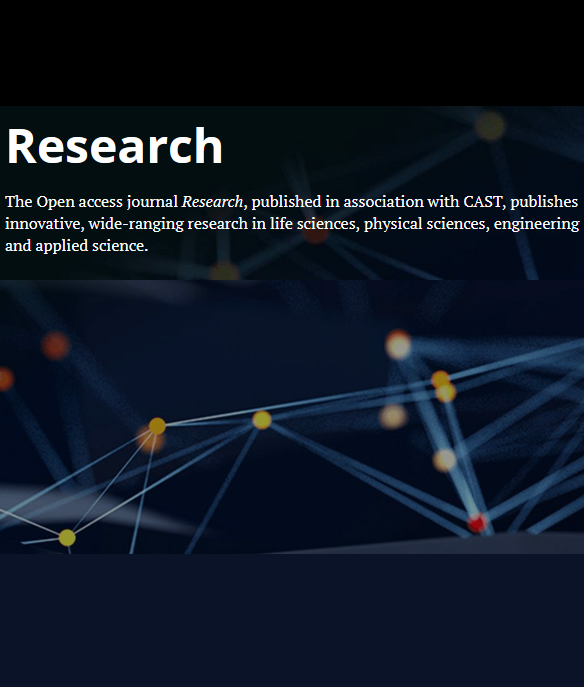用于鼻黏膜损伤治疗的间充质干细胞外泌体整合抗菌水凝胶
IF 11
1区 综合性期刊
Q1 Multidisciplinary
引用次数: 0
摘要
水凝胶具有良好的生物相容性,因此在伤口愈合方面前景广阔。然而,将抗菌活性物质整合到水凝胶中以实现有效的伤口修复仍然具有挑战性。在这里,我们展示了一种用于鼻粘膜损伤修复的新型双网络水凝胶,它具有抗菌和自愈合功能。这种水凝胶是将醛基聚乙二醇(PEG)和羧甲基壳聚糖(CMCS)水凝胶与光固化甲基丙烯酸甲酯明胶(GelMA)水凝胶混合后包覆间充质干细胞外泌体(MSC-Exos)的产物。CMCS 含有丰富的氨基,有利于抗菌修复。由于壳聚糖的氨基和改性 PEG 的醛基之间存在动态可逆的希夫碱连接,水凝胶具有出色的注射和剪切稀化性能,因此可以很容易地注射到病变部位。GelMA 为水凝胶引入了额外的网络层,增强了水凝胶的强度,延长了干细胞外泌体在伤口表面的停留时间。基于这些特性,我们提供的证据表明,这种复合水凝胶能在兔鼻中隔粘膜创伤模型中显著增加细胞增殖和再生,抑制疤痕增生,刺激血管生成。这些结果表明,间充质干细胞外泌体负载水凝胶(ME-Gel)在手术或创伤后鼻黏膜的修复和再生方面具有巨大的临床潜力。本文章由计算机程序翻译,如有差异,请以英文原文为准。
Mesenchymal Stem Cell Exosome-Integrated Antibacterial Hydrogels for Nasal Mucosal Injury Treatment.
Hydrogels have emerged as appealing prospects for wound healing due to their superior biocompatible qualities. However, the integration of antibacterial active substances into hydrogels for effective wound repair remains challenging. Here, we present a novel double-network hydrogel for nasal mucosal injury repair with antibacterial and self-healing capabilities. This hydrogel is the result of mixing aldehyde polyethylene glycol (PEG) and a carboxymethyl chitosan (CMCS)-based hydrogel with a photocured methylacrylate gelatin (GelMA) hydrogel to envelop mesenchymal stem cell exosomes (MSC-Exos). CMCS is rich in amino groups and facilitates antibacterial repair. Given the dynamically reversible Schiff base connections between the amino group of chitosan and the aldehyde group of modified PEG, the hydrogel can be easily injected into the lesion site because of its excellent injection and shear thinning properties. GelMA introduces an additional network layer for the hydrogel, which enhances its strength and extends the duration of stem cell exosomes on the wound surface. On the basis of these characteristics, we provide evidence that this compound hydrogel can substantially increase cell proliferation and regeneration, inhibit scar hyperplasia, and stimulate angiogenesis in rabbit nasal septum mucosa trauma models. These results suggest that MSC exosome-loaded hydrogels (ME-Gel) have substantial clinical potential for the repair and regeneration of nasal mucosa after surgery or trauma.
求助全文
通过发布文献求助,成功后即可免费获取论文全文。
去求助
来源期刊

Research
Multidisciplinary-Multidisciplinary
CiteScore
13.40
自引率
3.60%
发文量
0
审稿时长
14 weeks
期刊介绍:
Research serves as a global platform for academic exchange, collaboration, and technological advancements. This journal welcomes high-quality research contributions from any domain, with open arms to authors from around the globe.
Comprising fundamental research in the life and physical sciences, Research also highlights significant findings and issues in engineering and applied science. The journal proudly features original research articles, reviews, perspectives, and editorials, fostering a diverse and dynamic scholarly environment.
 求助内容:
求助内容: 应助结果提醒方式:
应助结果提醒方式:


